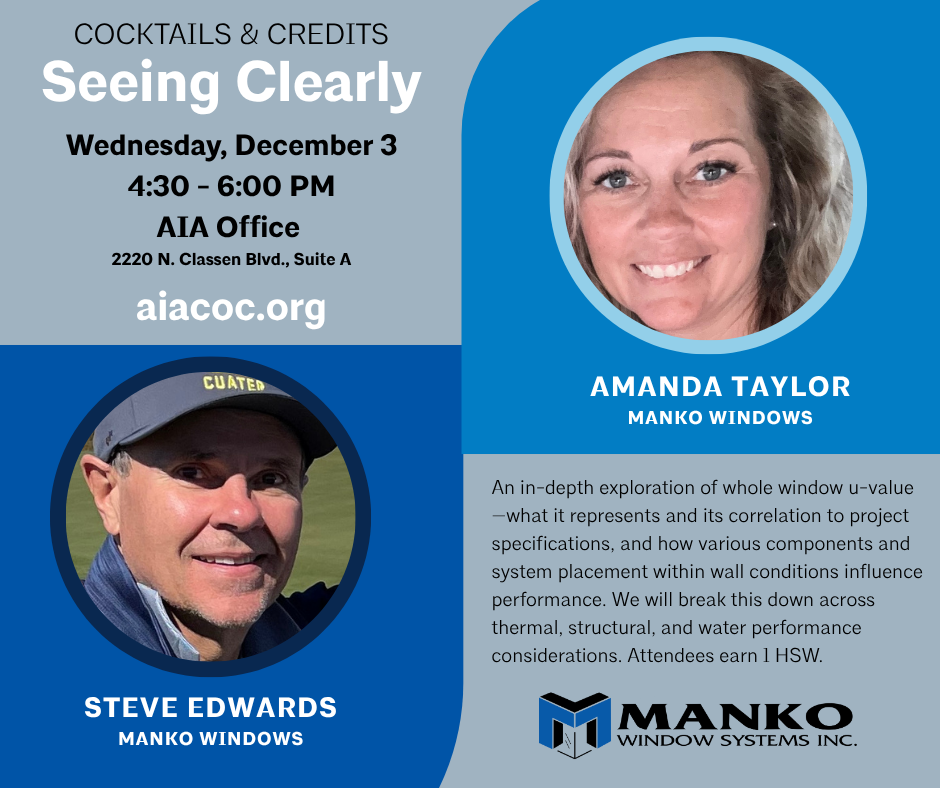Request to Provide a Continuing Education Program at the AIA Central Oklahoma Office

This program explores the integration of permeable paving systems as a strategic solution for sustainable stormwater management (SWM). Participants will learn how to analyze onsite and offsite SWM requirements, assess existing conditions, and determine the most suitable onsite strategy to meet regulatory and environmental objectives.
Through case studies and practical examples, attendees will evaluate permeable paving alternatives and identify the optimal systems to support their chosen SWM approach. The session will also address how to quantify the fiscal, physical, and environmental benefits of permeable plastic paver grid systems, emphasizing long-term performance and return on investment.
In addition, the program will guide participants through the process of designing, detailing, and specifying an effective permeable plastic paving system. Finally, it will outline best practices for construction oversight—teaching how to inspect permeable paver installations to ensure compliance, functionality, and durability.
Learning Objectives:
- Analyze onsite and offsite stormwater management conditions to identify appropriate onsite SWM strategies.
- Select suitable permeable paving alternatives that align with project-specific goals.
- Quantify the fiscal, physical, and environmental benefits of permeable plastic paver systems.
- Design, detail, and specify a high-performing permeable plastic paving system.
- Implement effective inspection practices during construction to ensure proper installation and long-term performance.

Seeing Clearly by Manko Windows
An in-depth exploration of whole window u-value—what it represents and its correlation to project specifications, and how various components and system placement within wall conditions influence performance. We will break this down across thermal, structural, and water performance considerations.
Attendees will earn 1 hour of HSW credit. Light refreshments will be served.

